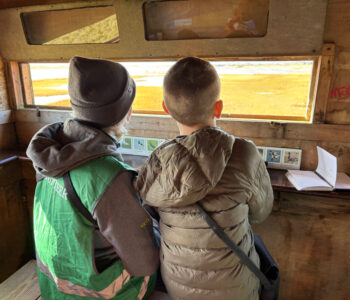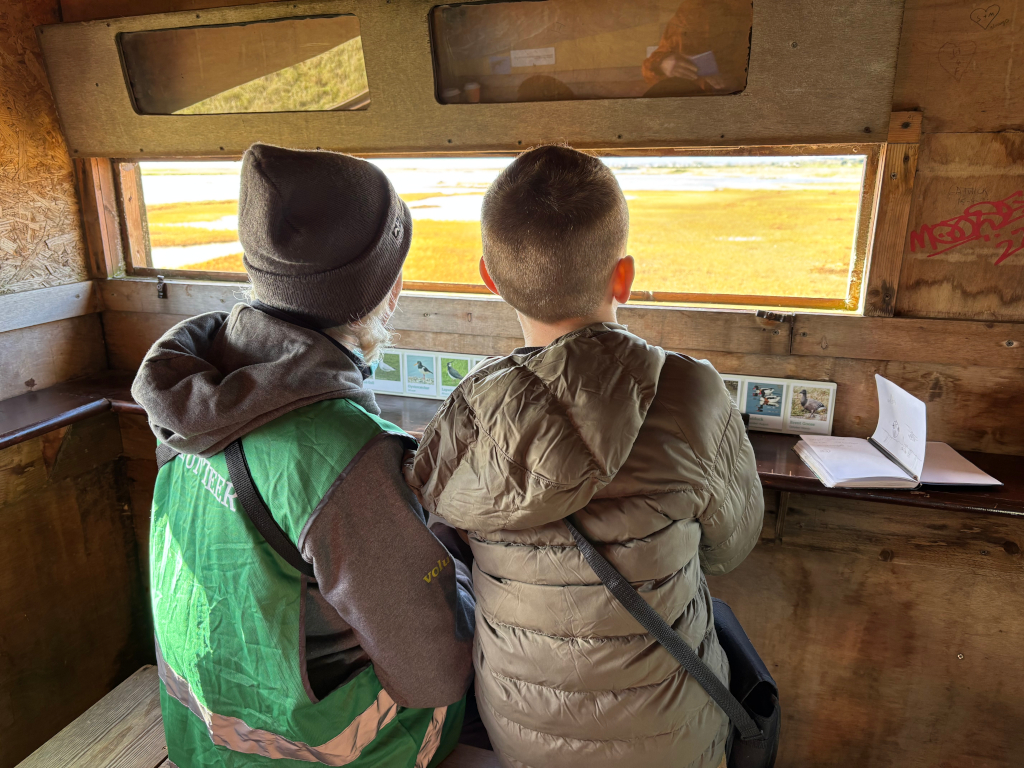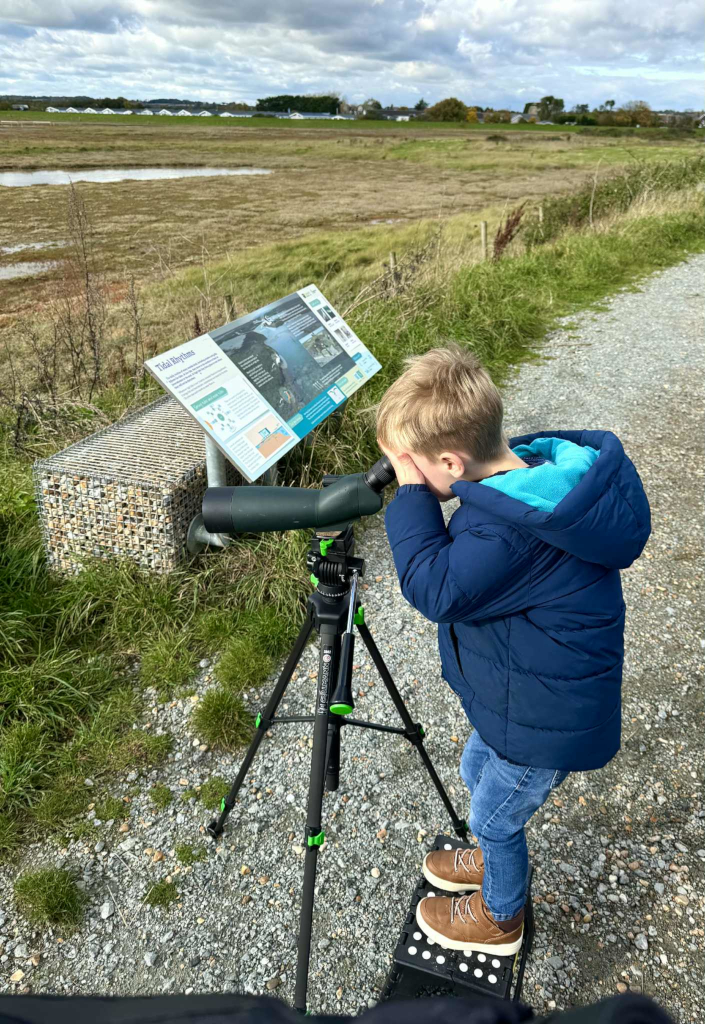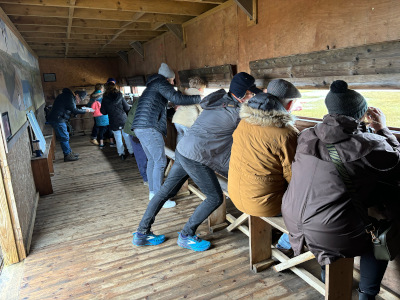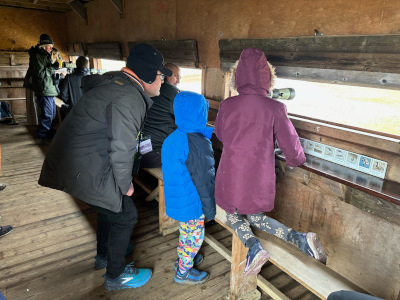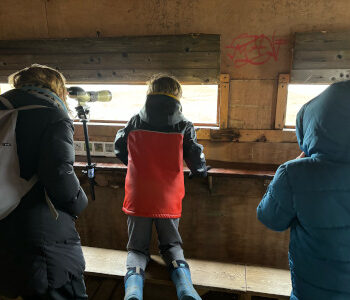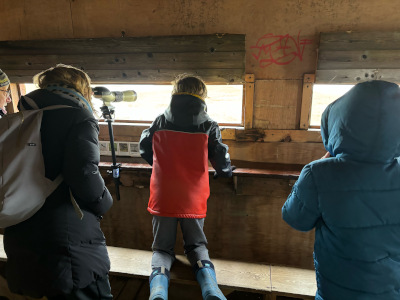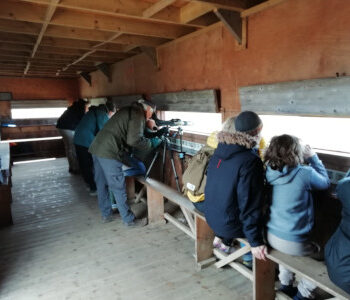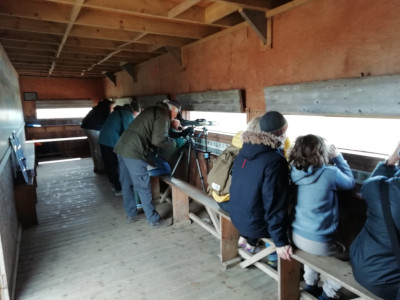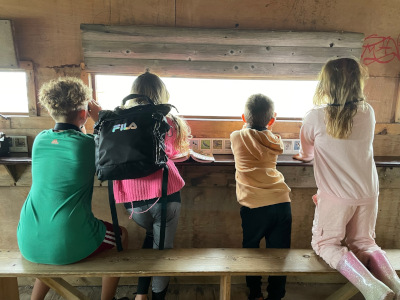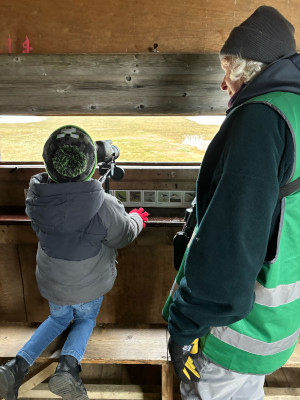 Talks
Talks
10 January – The new Rye Harbour Management Plan
“Business as usual and new project development“
Saturday 10th January 2026 1.30pm – 3pm at the Discovery Centre.
Presented by Site Manager Paul Tinsley-Marshall.
Paul will present a talk providing information about the new management plan for the reserve, touching on its continuity from the previous plan and the guiding principles that have informed it, and focusing on new project proposals that are intended to improve the reserve for both wildlife and people.
These talks are for members of The Friends of Rye Harbour Nature Reserve only. There is no charge, though donations are gratefully accepted. If you are not a member of The Friends but would like to attend, please JOIN US and let us know.
Limited places are available and booking for members of The Friends will open at 8.00am on 1st December.
Please note that dogs (except for guide dogs that have been pre-booked) are not allowed at talks.
